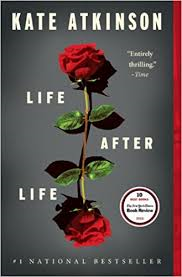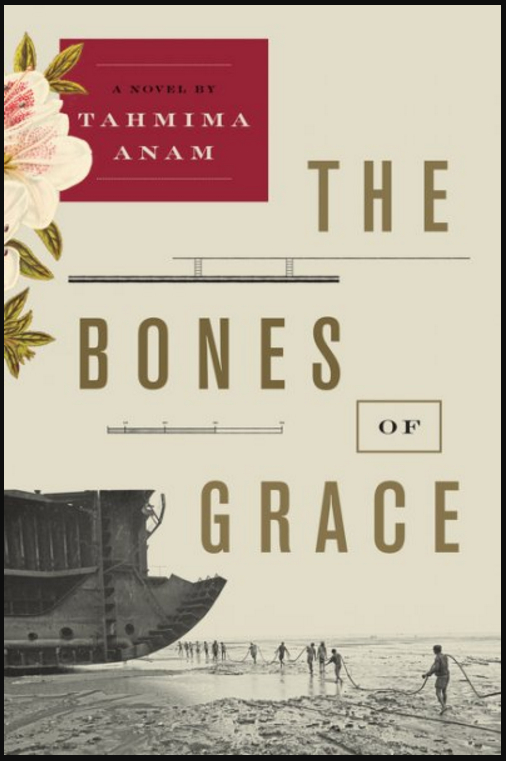Sunday, March 19, 2017
In the early years of the Town of York there were only a few places to bury the dead. The Military Burying Grounds or your local church cemetery. If you weren’t affiliated with one of these, were insane or a criminal, you would have a problem. The need for a common public cemetery became an issue that reformers took up. William Lyon Mackenzie used his newspaper, the Colonial Advocate in Dec. 1825 to call for the creation of a city cemetery for York. $300 was raised through public donation with no donation over $1 being accepted. The first burial in the new cemetery took place on July 18, 1826. The cemetery took on the name of the Potter’s Field and within 25 years it was getting full with 6,700 burials having taken place. The problem became that the location on the north-west corner of Yonge and Bloor was no longer in the bushes outside of town. The land was now prime space for development and the cemetery was closed with the intention of moving all the remains to either Mount Hope Cemetery or the newly opened Toronto Necropolis. The word Necropolis is Greek for “city of the dead”.
The Necropolis opened in 1850 on 18.25 acres of land beside Riverdale Farm where there is free parking on Winchester Street. It became a new public cemetery and to date has taken in over 50,000 bodies. The buildings were designed in 1872 in the Gothic Revival style. When the crematorium was added in 1933 it was the first one in Ontario. Many of Toronto’s prominent citizens are interred at the Necropolis and together their stories bring life to the place.
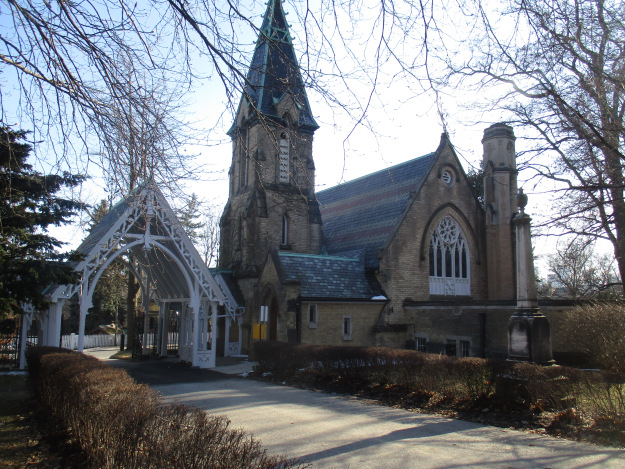
When the Rebellion of 1837 was over, several people were arrested and charged with treason. Samuel Lount was a blacksmith who had served a term on the council for the Province of Canada. When his friend William Lyon Mackenzie was putting together followers for his rebellion against the Family Compact he recruited Samuel Lount to help. Peter Matthews had served in the war of 1812 under Sir Isaac Brock and he too was enticed to join the rebellion. With the failure of the rebellion, the authorities decided to make an example out of Lount and Matthews. They were both convicted of treason and in spite of 35,000 signatures requesting clemency, they were hanged on April 12, 1838. Having died as criminals they were denied burial in Christian cemeteries and were placed in the Potter’s Field with a common marker. Theirs were two of the bodies that were moved to the necropolis.
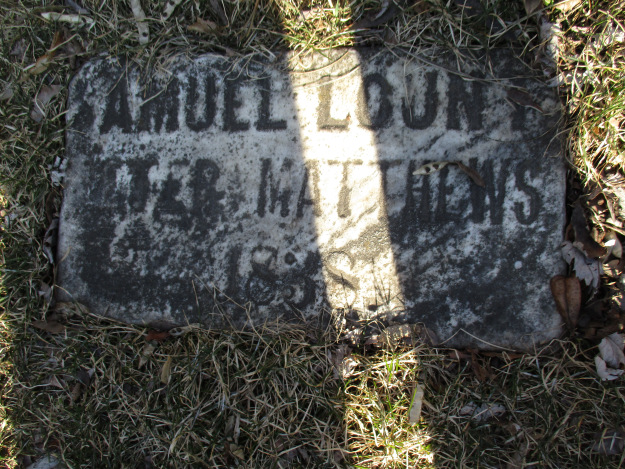
William Lyon Mackenzie was born in 1795 and was a Canadian politician and journalist known for his leadership in the reform movement in Canada. Aside from his Colonial Advocate, Mackenzie also got involved in politics becoming Toronto’s first Mayor in 1834. By 1837 Mackenzie was getting anxious for reform and started an open rebellion. Starting from Montgomery’s Tavern near Yonge and Eglinton on Dec. 5th he planned to march into Toronto and take over the Bank of Canada. The rebels failed and many were arrested. Mackenzie went into exile in the United States until 1849 when he came back to Canada. He died in 1861 and was buried in the public cemetery that he had advocated for.
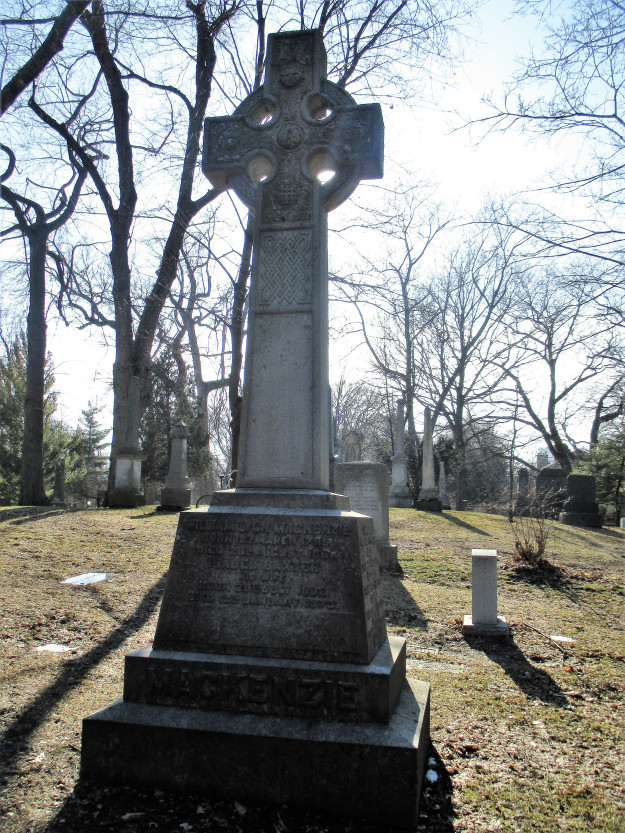
Following the War of 1812, there was an ongoing fear that another conflict with the United States was possible. A series of cross-border raids by Fenian supporters thinking to conquer Canada and hold it ransom in exchange for a free Ireland led to a movement to unify the British North American Colonies for their common defence. Buried in the Necropolis is William Tempest who died in 1866 in the Battle of Ridegway.
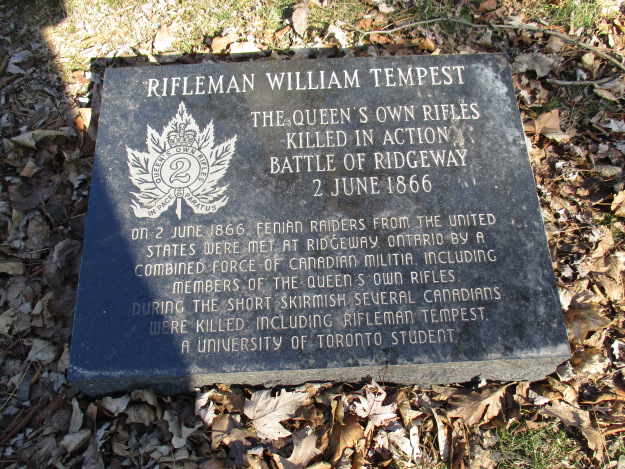
George Brown was born in 1818 and moved to Toronto in 1843. The next year he began to publish his reform newspaper The Globe. It became the Globe and Mail in 1936 and today is one of the city’s largest newspapers. Brown was also a prominent politician who was instrumental in Canadian Confederation. He participated in both The Charlottetown and Quebec Conferences in 1864 and in 1867 was one of the Father’s of Confederation. He ran in the first general election in Canada but lost to Sir. John A. Macdonald. Brown retired to his publishing industry until his death in 1880. A dismissed employee came into his office and during a struggle, shot Brown in the leg. He later died from an associated infection.
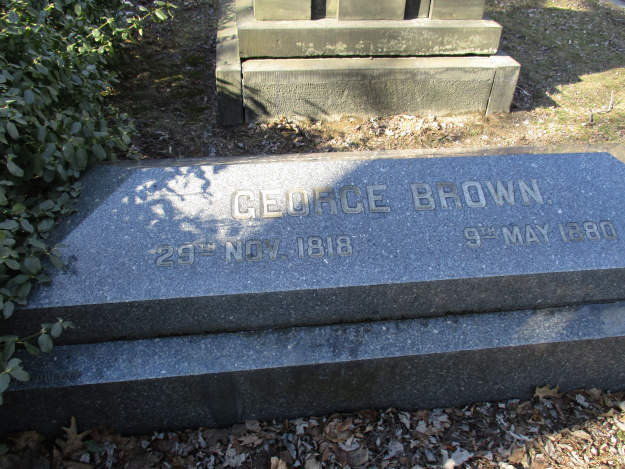
Edward (Ned) Hanlan was raised on Toronto Island and as a schoolboy, he would row himself across the harbour each day to and from school. Hanlan became a professional sculler in 1874 and by 1877 had won the Canadian Championship. He took the American and English titles in 1878 and 1879 respectively. These victories led Ned to try for the world championship in 1880 which he won easily. This made Ned Hanlan the first Canadian athlete to win a world championship and gain international attention. Ned held the world championship for five years between 1880 and 1885.
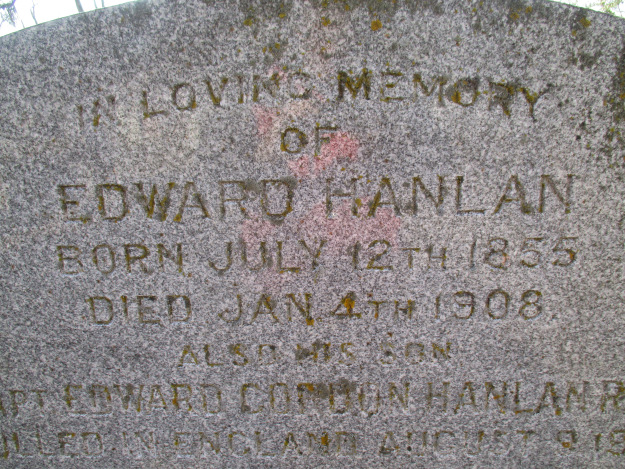
The Hanlan family had arrived on the island in 1862 as one of the first permanent residents. When a violent storm hit in 1865 their house was washed into the water where it floated to Gibraltar Point. The family just re-established themselves and began to put together an amusement park. In 1878 John Hanlan built a large hotel on the west tip of the island looking north toward the city. This end of the island soon came to be known as Hanlan’s Point.
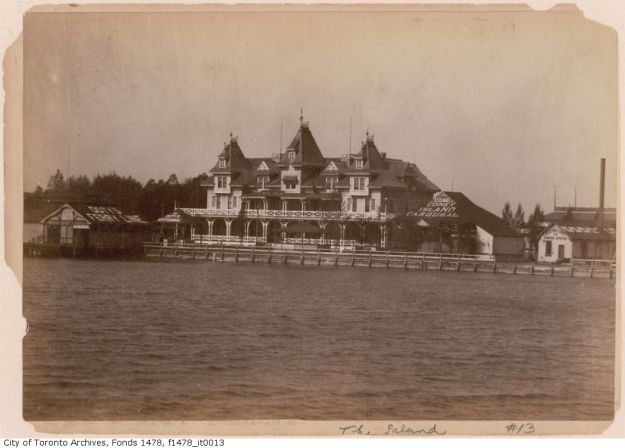
When the World Trade Centre was destroyed and The Pentagon attacked on September 11, 2001, the President Of The United States declared war on terror. As early as October 2001 military personnel were secretly deployed in Afghanistan. Canada deployed more troops on an official mission in January 2002. On the night of April 17, 2002, the Canadian forces were conducting exercises on Tarnak Farm near Kandahar when an American bomber mistook their practices for an attack and dropped a laser-guided 500-pound bomb on the Canadians. Four men were killed including Ainsworth Dyer. They were the first Canadians killed in combat since the Korean War.
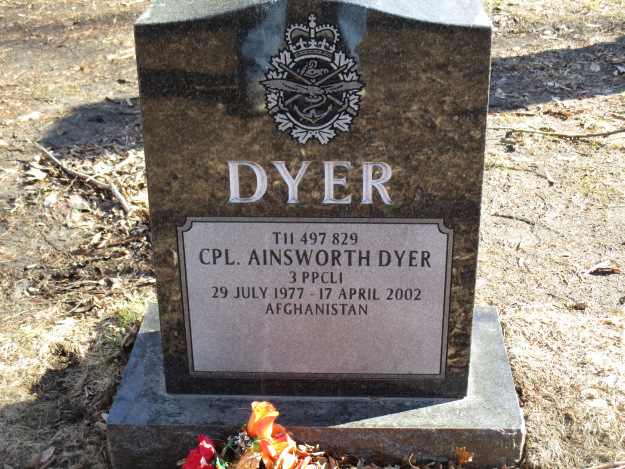
The cemetery is still taking new burials and one of the more recent is of Canadian medal and coin designer Dora de Pedery Hunt. Dora was born in Budapest in 1913 and completed her studies in sculpture in 1943. Arriving in Canada she took a job as a housekeeper to support herself. After getting a job teaching sculpture she was able to devote her time and talents to designing medals and coins. Her designs for some of the 1976 Olympic Coins brought her to international fame.
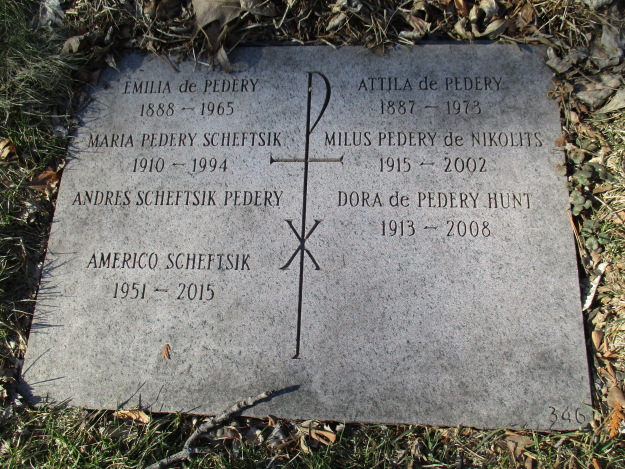
Beginning in 1990 Dora de Pedery Hunt’s design for the Queen began to be used on Canadian Coins. She was the first Canadian to design an effigy of Queen Elizabeth II for a coin in Canada.
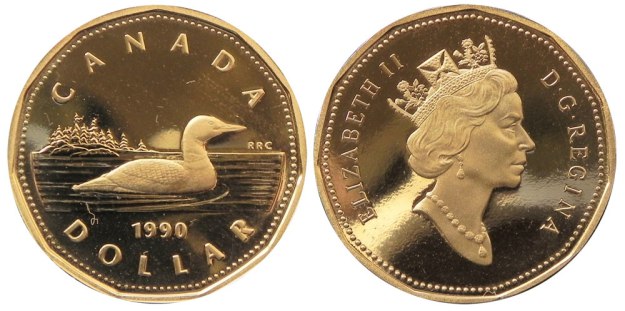
The Necropolis contains the remains of those who are remembered for a legacy that is recorded in the history books. Among them lie the remains of those whose stories are only remembered by their families, or perhaps not at all. The stones tell a story of infant mortality and death in childbirth. Cholera and Spanish Flu epidemics have also taken their victims. The stone below is an example of tragedy striking a family. Hannah Horsman passed away 6 days after giving birth to a son named Albert. The unfortunate little boy didn’t survive his first year.
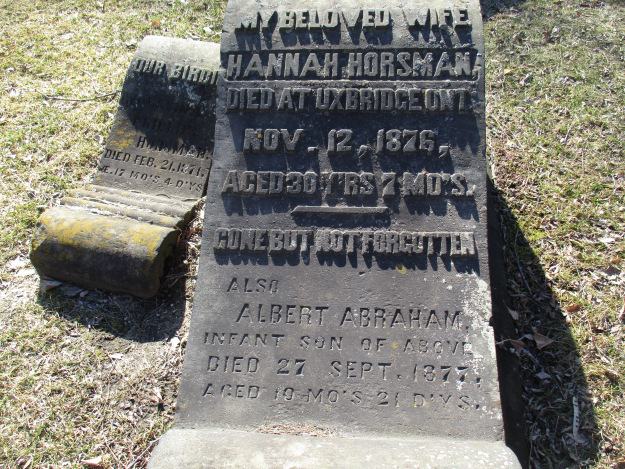
50,000 people are laid to rest in the Necropolis and each one of them has their own story to tell. These are just a few of them.
Google Maps Link: The Necropolis
Like us at http://www.facebook.com/hikingthegta
Follow us at http://www.hikingthegta.com
Share this:- More
